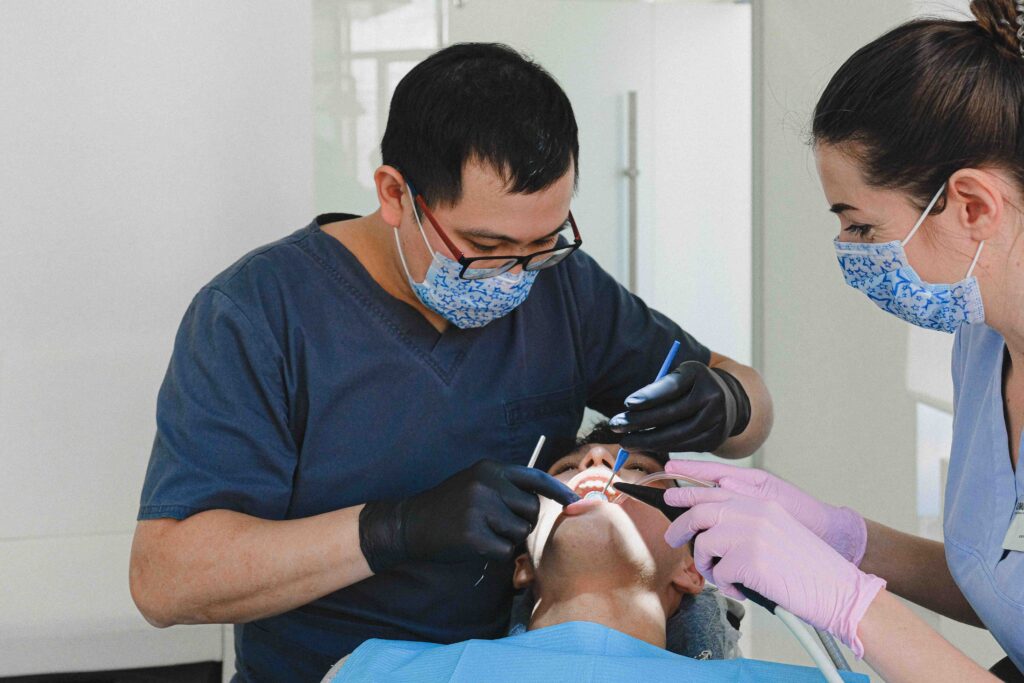“It’s amazing! Who would have thought that one day, we would be so excited about brushing statistics and techniques,” he gushed. For my 32-year-old patient, a Bengaluru-based entrepreneur, the tryst with a smart electric toothbrush was quite an experience. He seemed most impressed by the real-time feedback, in terms of brushing duration and surface coverage as well as the built-in timer that reminded him to move on to a different part of his mouth.
In the age of smartphones, smart homes and ‘smart everything’, it is but natural for healthcare too to embrace digital technologies, such as artificial intelligence (AI), predictive analytics, Internet of Things (IoT) and Big Data. And a smart toothbrush, armed with a sleek camera, Wi-Fi and Bluetooth, is only a sign of things to come.
Exciting times
Technology is going to lead the healthcare transformation in India. In a country that has a dismal ratio of 0.7 doctors and 1.5 nurses per 1,000 people, it can make healthcare more accessible. Technology can never be a substitute for medical expertise, but it can be an effective enabler. Imagine not having to wait for hours at the doctor’s clinic. Those in rural India having access to timely medical diagnosis and follow-ups. Numerous studies are underway in the healthcare technology space to make all this and more a reality, soon.
There are cloud-based dental softwares that allow dentists to make data-driven decisions, which are high on effectiveness and low on human error. Similarly, with sophisticated technologies, such as 3D printing, virtual reality (VR) and augmented reality (AR), doctors in many parts of the world are now able to offer tailor-made implants, dentures and prosthetics to patients. The end goal is to lower costs, reduce time, increase efficiency, and boost predictability in terms of treatment outcomes across dental centres.
Change in focus
A study at the Institute for Social and Economic Change showed that 21 per cent of the annual income in India was lost due to ill health, especially among the poor in urban and rural areas. How can we take the fruits of digitisation in healthcare to these sections of society? Can the favourable regulatory environment created by initiatives, such as Digital India and Make in India, help make healthcare accessible for all?
The World Health Organization (WHO) considers oral and pharyngeal cancers – both preventable – a major challenge to oral health programmes, especially in Asia. The incidence rate per 100,000 population is a worrisome 12.6 in India; it’s 4.6 in Thailand and 0.7 in China. Smoking, betel nut chewing and alcohol consumption are the main culprits. What we need in certain conditions is not so much technological advancements as preventive action.
Poor oral health is often a lifestyle disorder. Research finds that oral care can actually help reduce overall health-care costs. A lot of ailments, such as heart diseases, stroke, diabetes, HIV/AIDS, osteoporosis, Alzheimer’s disease, eating disorders, rheumatoid arthritis, head and neck cancers, are linked with dental health. And ignoring oral care in adulthood, studies show, can mean inviting serious health problems in old age.
Regular visits to the dentist not only keep those cavities in check, but also help detect critical infections such as the Human Papilloma Virus (HPV), which is a risk factor for oral cancer. We need to change the focus from treatment of disease to promotion of health. More than 95 per cent of oral health problems are preventable with good healthcare practices.
The road ahead
For an industry that is expected to reach USD 234 million this year, it’s a shame that 72.6 per cent of the rural population in India does not have access to even basic dental facilities. The official figures say that there’s one dentist per 50,000 people in rural India; for urban areas, it is one dentist per 8,000 people.
Technology can be a great leveller. The new-age digital channels facilitate real-time communication between patients and healthcare providers anywhere. Health data can be put to good use, by proactively preventing diseases and facilitating personalised medicine. As the National Health policy 2017 envisages, we need robust public-private partnerships to make healthcare more accessible and affordable.
However, none of this is possible unless we start looking at healthcare spending as an investment rather than expenditure. Perhaps, we could start with dental insurance. And encouraging the manufacturing of new healthcare technologies in India. It is then only a matter of time before the country can become the leading destination for oral healthcare research and patient care. India’s growing dental tourism market is only a precursor to bigger things.
by Dr. Srivats Bharadwaj
Chairman & CEO, Vatsalya Dental, Bengaluru





